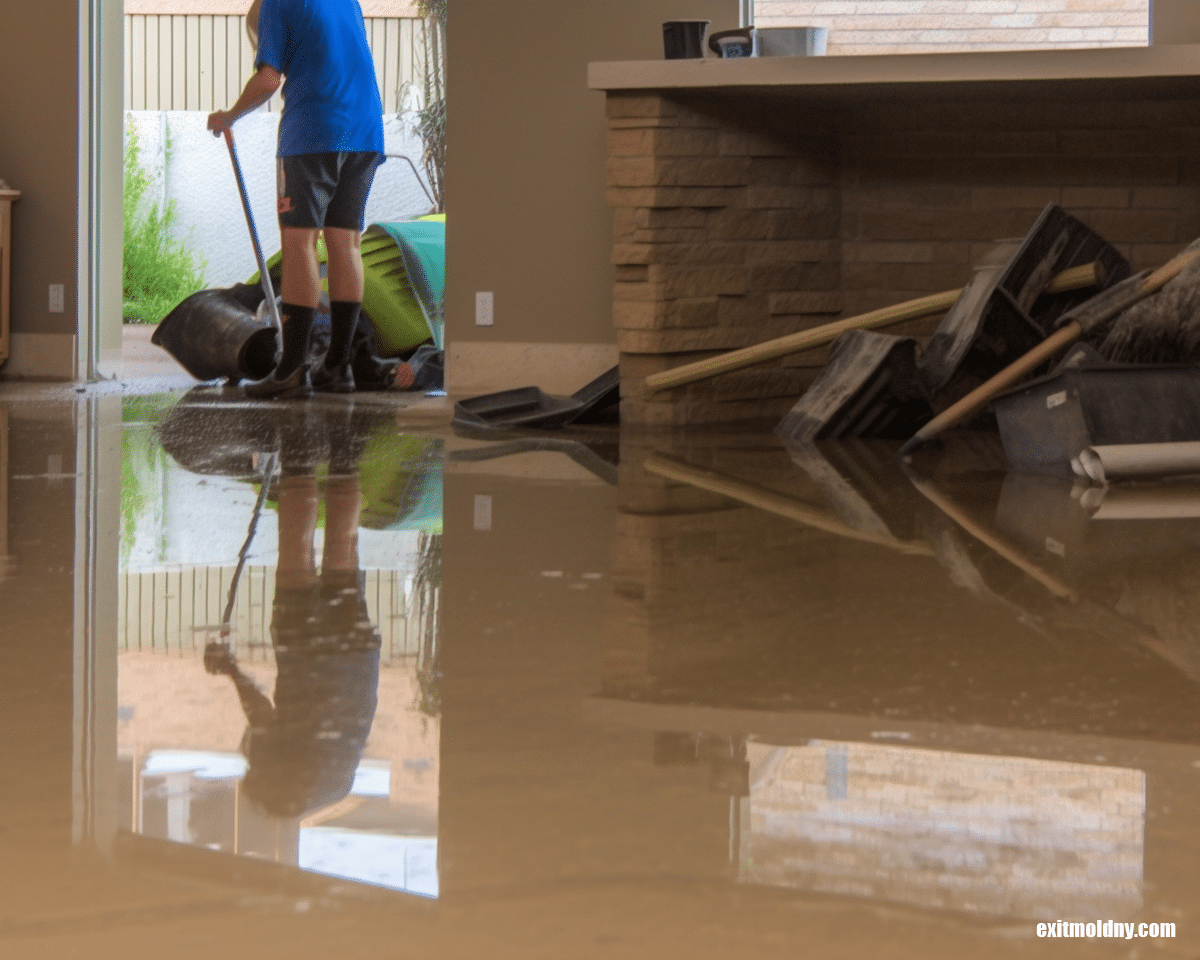Comprehensive Lead Paint Removal Service in NYC-- Licensed and Certified
Comprehensive Lead Paint Removal Service in NYC-- Licensed and Certified
Blog Article
Comprehensive Guide on Effective Lead Infraction Elimination Strategies
In the world of environmental safety, dealing with lead infractions requires a thorough and organized approach. This comprehensive guide begins by highlighting the vital preliminary actions of determining lead dangers via innovative analysis and screening approaches. Strategies such as XRF evaluation and dirt clean tasting are vital in determining contamination resources. In addition, the overview specifies on the value of sticking to rigid security procedures during the removal procedure, consisting of using appropriate PPE and isolating affected areas (Lead Paint Removal Company). The succeeding areas guarantee to discuss post-removal confirmation and preventative methods, guaranteeing long-term safety and security and conformity. Discover the elaborate details that make these strategies not just reliable however crucial.
Identifying Lead Dangers
Identifying lead risks is an important initial action in mitigating the risks connected with lead exposure. Lead, a hazardous steel, can be existing in numerous ecological tools, consisting of paint, dirt, water, and dirt.
The first stage in recognizing lead dangers includes comprehending typical lead sources within the built atmosphere. Structures built before 1978 are particularly susceptible due to the prevalent use of lead-based paint during that duration. In addition, soil contamination can happen from deteriorating exterior paint, commercial discharges, or historical use leaded fuel.
One more substantial resource is lead piping and plumbing fixtures, which can leach lead into drinking water. Consumer products such as playthings, ceramics, and imported products might likewise consist of damaging lead degrees. Significantly, job-related environments and hobbies involving lead can track pollutants right into homes.
Analysis and Screening
When resolving lead risks, reliable evaluation and screening are critical. First assessment normally involves a visual examination to identify possible lead resources, such as weakening paint or infected dust.

Dust clean tasting is another vital strategy, specifically in residential settings. By gathering examples from floorings, windowsills, and various other surfaces, this method offers insights right into prospective direct exposure threats. Dirt testing around structure boundaries is essential to discover lead contamination that might posture threats, especially to youngsters.
Safe Removal Procedures
Upon completing thorough evaluation and testing, carrying out secure elimination treatments is the next crucial phase in dealing with lead risks. This process ensures that lead-contaminated products are properly and securely eliminated, reducing risk sites to both employees and homeowners. The very first step involves separating the afflicted area using plastic bed linen and correct sealing techniques to prevent the spread of lead dirt.
Workers must wear proper personal safety devices (PPE), including respirators, handwear covers, and disposable coveralls, to mitigate direct exposure. Utilizing specialized tools and damp techniques, such as damp fining sand or using HEPA-filtered vacuum cleaners, decreases the dispersion of lead bits. It is essential to stay clear of completely dry sanding or rough blasting, as these approaches can produce harmful lead dirt.
Waste disposal is one more vital part; all contaminated products must be firmly bagged and classified according to EPA and local laws. Furthermore, thorough cleaning of the workplace with HEPA vacuum cleaners and wet wiping makes certain the removal of recurring lead particles.
Post-Removal Confirmation

Verification of effective lead removal, known as post-removal verification, is vital to make sure the safety and security and habitability of the remediated location. This assessment makes certain that all well-known resources of lead have actually been addressed and that no visible indicators of contamination continue to be.
Following the visual inspection, environmental sampling is conducted. This entails gathering dirt, dirt, and often water samples from the remediated location. Approved labs assess these examples to gauge lead degrees, guaranteeing they drop listed below the security limits established by governing bodies such as the Epa (EPA)
On top of that, air quality screening might be done to discover airborne read here lead bits, particularly in cases where extensive lead-based paint elimination or improvement has actually occurred. The results of these examinations supply quantitative information verifying that the lead levels are within permitted limitations.
Ultimately, post-removal confirmation serves as a vital checkpoint, validating the performance of the lead abatement initiatives and protecting the health of passengers and visitors.
Preventative Steps and Upkeep

An essential safety net consists of making use of lead-safe licensed professionals for any restoration, repair, or painting tasks. These professionals are learnt techniques that reduce lead dirt and particles. Additionally, preserving coloured surfaces look at here now to prevent damaging or peeling is necessary, as deteriorating paint can release lead bits right into the environment.
Educational efforts targeting homeowner and lessees regarding the dangers of lead and the value of reporting any kind of potential hazards can even more improve preventative initiatives. Routine cleaning using HEPA vacuums and wet mopping methods can dramatically reduce lead dust accumulation.
Conclusion
In recap, efficient lead offense elimination necessitates a thorough technique encompassing detailed evaluation, precise screening, and strict elimination procedures. Recurring evaluations and upkeep are vital to mitigate future lead dangers, thus guarding public health and making certain sustained conformity with regulatory demands.
Report this page